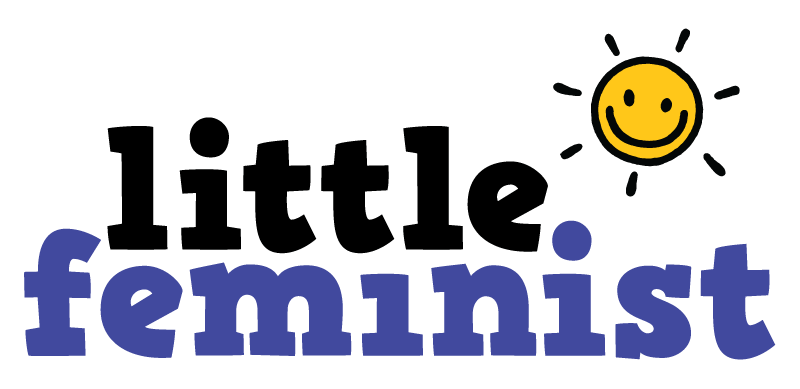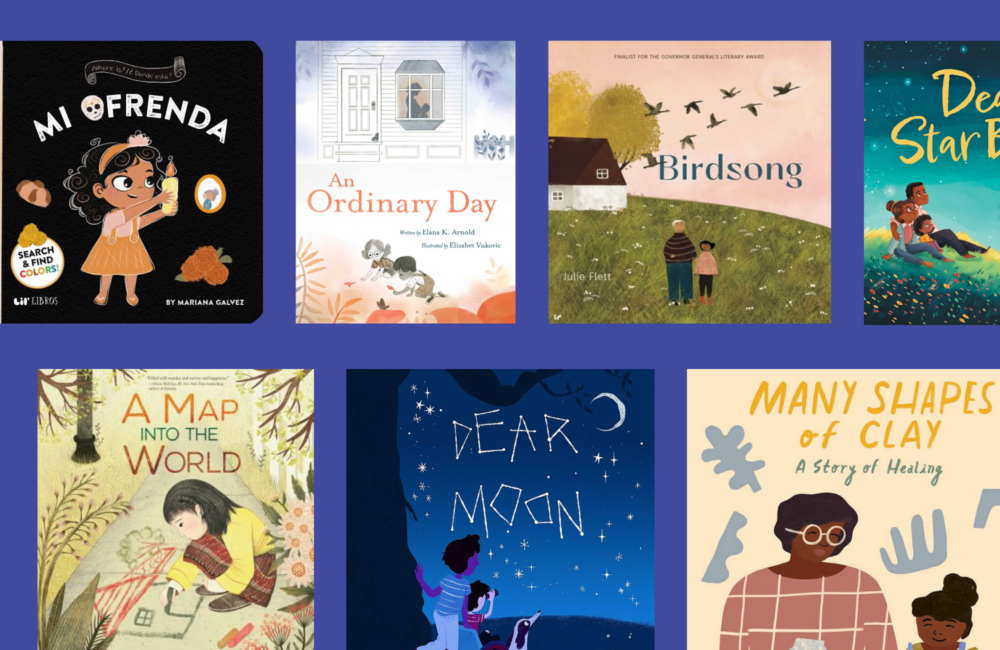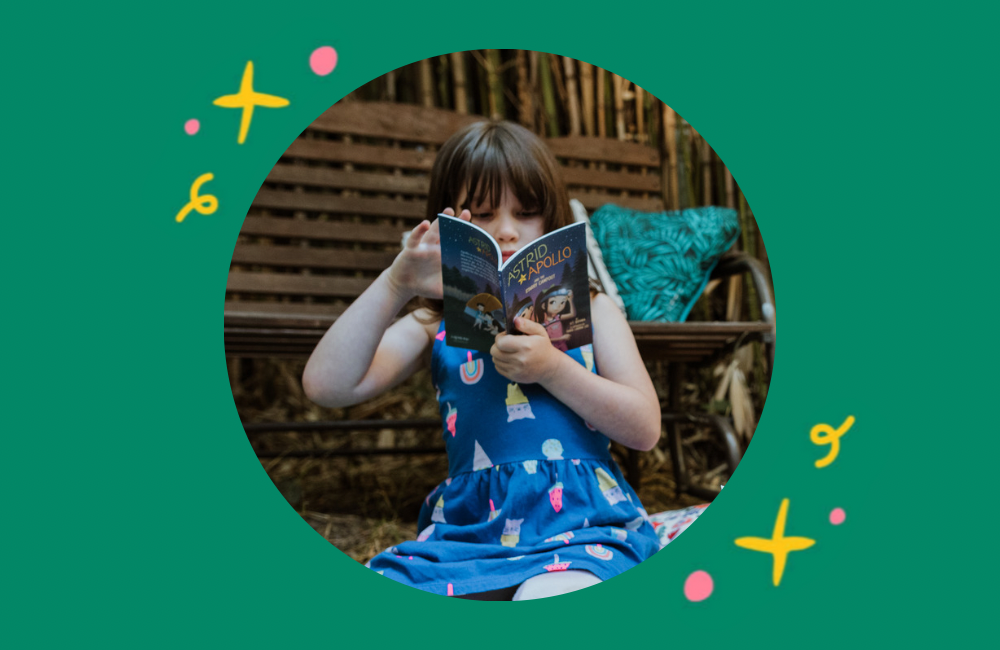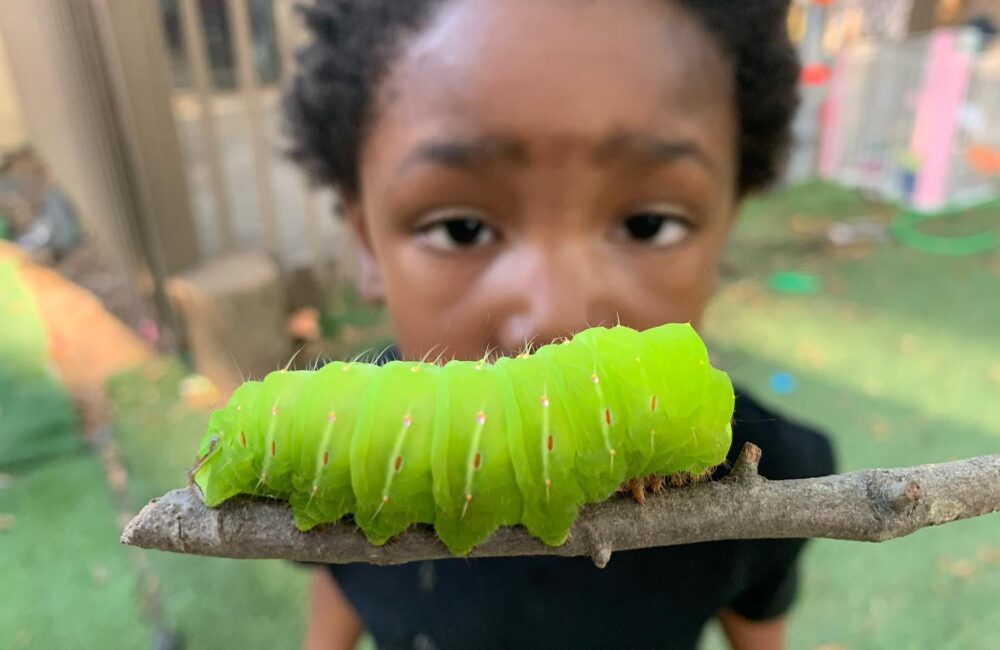Talking with your child about their adoption process can be difficult and confusing, but it doesn’t have to be! These stories can help show your child that their story is completely normal, and they can also help to emphasize that they are loved no differently than if they were your biological child. If your child is not adopted, talking about this topic can help them understand other people’s stories.
All About Me
- By Lynn Burwash and Cie McMullin
- Illustrations by Kimberly Burwash, Laura Linville, Angela McMullin, and Evan McMullin
- Published in 1998
- For readers ages 2-7
This is a sweet and simple interactive book that encourages the reader to think about their adoption experience. All About Me offers a structured space for your adopted child to appreciate their story through drawing.
What we love: All About Me features wonderful illustrations by adopted children.
Things to know: This book seems better used as a supplement to other books about adoption rather than as a child’s first introduction to the topic. Another good book for this age range is Red in the Flower Bed, by Andrea Nepa, which uses the metaphor of a poppy seed moved far away to another garden to explain adoption.

Over the Moon
- By Karen Katz
- Published in 1997
- For readers 3-6
Ring! Ring! It seems the whole neighborhood wants to know if a couples’ baby is coming soon. Soon, soon, they keep saying, until one day she is ready. Follow the flowing images as the couple journeys to gather their baby and bring her home to meet the neighbors! From the first page all the way to the end, Over the Moon’s vibrant illustrations practically spring off the page, a fitting accompaniment the exuberant text .
What we love: Based on the experience of adopting her own child, Karen Katz has written a book full of small details that speak volumes. We particularly love the portrayal of the parent’s emotions– how they were nervous to take care of a baby at first, and how at the end of the first day they couldn’t wait for the next day to begin.
Things to know: This is a book about a newborn, international adoption, and some of that specificity might not apply to every family.

Yes, I’m adopted!
- By Sharlie Zinniger
- Illustrations by Tiffany Cunliffe
- Published in 2014
- For readers 3-6
A young child explains how adoption makes a person special. This is done by way of a charming poem that rhymes its way through the basics of adoption, showing how ultimately, adoption is about love.
What we love: This is a great introduction to the topic of adoption with minimal text and adorable illustrations. It opens up the opportunity to have a conversation about how a child is feeling about adoption.
Things to know: If you are not religious, you may be bothered by the line at the end of the story about how the adoption was planned by God. If you are religious or are interested in another religious book on this topic, we recommend God Found Us You for the same age range.

How Nivi Got Her Names
- By Laura Deal
- Illustrations by Charlene Chua
- Published in 2016
- For readers 4-8
Little Nivi has five names, but what do they all mean? Learn alongside Nivi as her mother explains the Inuit tradition from which all of her names originate.
What we love: This book is written for Nivi, the child adopted by Laura Deal and her partner Jesse. It’s difficult to find cross-cultural adoption stories that are written well and are not framed from a savior viewpoint (think We Belong Together), so we were thrilled to find this book. One of the sweetest elements within How Nivi Got Her Names is the forward written by Nivi’s biological mother, Aviaq Johnston. Within the forward she describes traditional Inuit adoption practices. This adds poignancy to this wonderful book, and is a great introduction to different adoption practices. Each of Nivi’s names honors a different member of her family, and this book honors families of adoption from both the biological and parental viewpoints.
Things to know: Reading the forward is key to understanding the story.

Pablo’s Tree
- By Pat Mora
- Illustrations by Cecily Lang
- Published in 1994
- For readers ages 4-8
The whole way to his grandfather’s house, Pablo wants to know only one thing: what did his grandfather put on Pablo’s tree? In honor of Pablo’s adoption, his grandfather planted a tree which he redecorates every year in celebration.
What we love: With radiant illustrations and text, Pablo’s Tree focuses on intergenerational relationships and the gift of adoption to all involved, including extended family. The story is general about the adoption process, so it is applicable to both international and domestic adoptions.
Things to know: If you are interested in another book that celebrates the day a child was adopted, we recommend checking out Happy Adoption Day, which is both a book and a song.

Home at Last
- By Vera B. Williams
- Illustrations by Chris Raschka
- Published in 2016
- For readers 4-8
Lester loves his new parents, Daddy Albert and Daddy Rich, and he especially loves their dog, Wincka. But he can’t seem to part with his suitcase full of trusty action figures or shake the feeling of fear when he tries to sleep in his bed by himself. He starts taking nightly trips down the hall to his parents room where he feels safer, but after many nights of this, Daddy Albert gets mad. How will Lester explain to his new parents how he feels?
What we love: Home at Last not only features same-sex parents, but also addresses the fear that many adopted children struggle with — the feeling that they will be taken away. Lester is an older child who struggles to trust that he has truly found a home that he will never lose. How Daddy Albert and Daddy Rich address and resolve that issue is both heartfelt and realistic. Although Daddy Albert gets mad, he ultimately realizes that something is up and encourages Lester to express his emotions. We also love that this seems to be a story about an adoption within the same country, which is less common than international adoption stories.
Things to know: Another book that features two dads adopting is And Tango Makes Three. This is based on the true story of two male penguins at New York’s Central Park Zoo who, with the help of the staff, adopted an egg and raised their Tango. While You Were Sleeping by Stephanie Burks features two mothers and discusses adoption.

Emma’s Yucky Brother
- By Jean Little
- Illustrations by Jennifer Plecas
- Published in 2000
- For readers 4-8
What will Emma’s new little brother be like? He’ll be sweet and little, Emma decides, and the best brother ever! But when Emma’s new brother arrives, he’s nothing like what she had been hoping for. He’s not that little, or that sweet. Max likes Emma’s friend Sally better than Emma, and he calls his new sister “yucky Emma”. Will they ever get along?
What we love: Emma’s Yucky Brother follows the struggle of an older adopted child adjusting to new home life after the addition of a new sibling.
Things to know: Emma’s Yucky Brother is a good transition between picture books and chapter books as it features pictures, text, and lots of dialogue. Another recommended book about sibling relationships in adoptive situations is Sisters, by Judith Caseley, in which Kika and Melissa learn about each other while adjusting to their new situation.

Star of the Week: A story of love, Adoption, and brownies with sprinkles
- By Darlene Friedman
- Illustrations by Robert Roth
- Published in 2009
- For readers ages 4-8
It’s Cassidy-Li’s turn to be Star of the Week! She has everything ready for her poster about her life, except for one thing. She doesn’t have a photo of her birth parents. How will she include them on her poster?
What we love: Cassidy-Li’s story is based on the author’s experience of adopting her own child. The page that shows Cassidy-Li as a baby, newly adopted, is a recreation of the one Darlene Friedman uses for her author photo! We love that Cassidy, just like Carolyn in Carolyn’s Story (see below), engages in activities that teach her about the culture she came from, which can be central to an adopted child’s identity and self-discovery.
Things to know: Although Cassidy-Li is an international adoptee, she also talks about her life since that initial adoption process, so the story has plenty to offer for a child who has not been adopted internationally.

Carolyn’s Story: A book about an adopted girl
- Text and photographs by Perry Schwartz
- Published in 1996
- For readers ages 6-10
Nine-year-old Carolyn shares her adoption story and experience as an international adoptee growing up in Minneapolis. Photos of Carolyn fill the book as she grows, and her complicated and completely relatable feelings shine out from the pages.
What we love: Carolyn’s voice feels so authentic as she expresses herself, and her emotions are incredibly relatable to an international adoptee experience.
Things to know: Carolyn’s family situation is interesting in that father has two biological children from his first marriage who are much older than Carolyn, and then her and her brother Michael (who is also adopted.) If you are looking for a real story about a family with both biological and adopted children, this book touches on that complex family structure.

Insignificant Events in the Life of a Cactus
- By Dusti Bowling
- Published in 2017
- For readers age 8-12
It takes moving from Kansas to Arizona for thirteen-year-old Aven to find herself, solve a mystery, and recapture her confidence. These are things she never dreamed she’d be doing after her move to the rundown wild west amusement park, Stagecoach Pass, with her parents. Along the way, she befriends fellow middle schoolers Connor and Zion, boldly faces the possibility of public embarrassment, and unravels the tangled knot of her heritage. Humorous, heartwarming, and hopeful, Aven’s story will capture your heart and make you laugh out loud.
What we love: The author addresses Aven’s being born without arms and Connor’s Tourette’s syndrome with the same matter-of-fact style, neither fetishizing nor tokenizing either characters’ disability. In addition, Aven’s relationship with her parents is a wonderful portrayal of a family that supports one another, not just in relation to Aven’s disability but also in terms of emotional support. Aven has her family to turn to while dealing with her inner conflict around moving to a new place, having to make new friends, and finding her newfound history.
Things to know: This is a chapter book, although it has a larger font than Greenglass House (below). It is a great book for readers transitioning to more advanced chapter books. While the reveal of Aven’s birth family at the end works in the plot and feels like a nice conclusion, it is a little unrealistic. Many children in closed adoptions never find their birth families, even if they go searching for them, and that’s okay! Another book about searching for birth families is Journey Home by Lawrence McKay. The best part about Journey Home is the inclusion of multiple generations in the search; Mai’s mother was adopted and together they go on a search for her mother’s birth family.

Greenglass House
- By Kate Milford
- Illustrations by Jaime Zollars
- Published in 2014
- For readers age 9-12+
For Milo, winter break at his parents hotel is for break: homework out of the way, no classes, no guests, and all the time to spend with his parents. In years past, the hotel, known unofficially as a smuggler-friendly establishment, never had visitors over the Christmas holidays. But this year, just as Milo is wrapping up his homework, the bell to the hotel’s trolley rings. Milo follows the stories of the unusual cast gathered in the hotel, along the way revealing the secrets of the hotel itself.
What we love: The strength of Milo’s relationship with his parents and their insightful questions about his feelings around his adoption show a loving adoptive family. This combats the more common storybook trope of the terrible adoptive family (think Harry Potter or A Series of Unfortunate Events) or the otherworldly origin story (think Superman). Greenglass House also demonstrates that protagonists can rely on their parents for help and guidance. The book captures the myriad emotions Milo wrestles with around the fact that he is adopted. Although this is never explicitly stated, Milo also seems to have an anxiety disorder. We appreciate that Kate Milford integrates this seamlessly into the story, providing representation without tokenization.
Things to know: This is a chapter book for the more precocious readers. It is at a similar reading level to the first Harry Potter book, with the appeal of The Mysterious Benedict Society. While Milo is twelve years old, the plot and the character development can be appealing to much older readers, although the way the book is written is inviting for younger readers as well. The brief but deeply moving moment between an older adopted character and Milo is a highlight to look out for. Greenglass House can help facilitate conversation with older children about feelings around their adoption, which is incredibly important– a child’s adoption is something to discuss throughout their whole childhood, and even into their adult lives, not just when they are young. This book allows kids to understand that the complicated feelings they have are valid at any stage, and it’s okay that they might not ever be fully resolved.
We hope the books on this list help start conversations about adoption, no matter how old the readers are!
Want more? Sign up for the Little Feminist Book Club. We send new favorites to our members every month!
*All photos from Amazon






 in Oakland, CA
in Oakland, CA